Test your science knowledge
August is Spinal Muscular Atrophy (SMA) Awareness month. This devastating condition remains one of the leading genetic causes of infant mortality. But thanks to lifesaving research by CSHL Professor Adrian Krainer and colleagues, the diagnosis is no longer a death sentence. How much do you know about SMA and the revolutionary therapies developed to treat it? Let’s find out!
In 1993, Richard Roberts and Phillip Sharp won the Nobel Prize in Physiology or Medicine for which revolutionary discovery?

While CSHL played a role in all of these groundbreaking discoveries, only one is attributable to Roberts and Sharp. In 1977, CSHL’s Richard Roberts and MIT’s Phillip Sharp co-discovered split genes and RNA splicing while working with adenovirus, one of the causes of the common cold. Their work laid the foundation for the rise of RNA therapeutics and many lifesaving discoveries at CSHL and beyond.
Spinal Muscular Atrophy (SMA) is triggered by which of these?
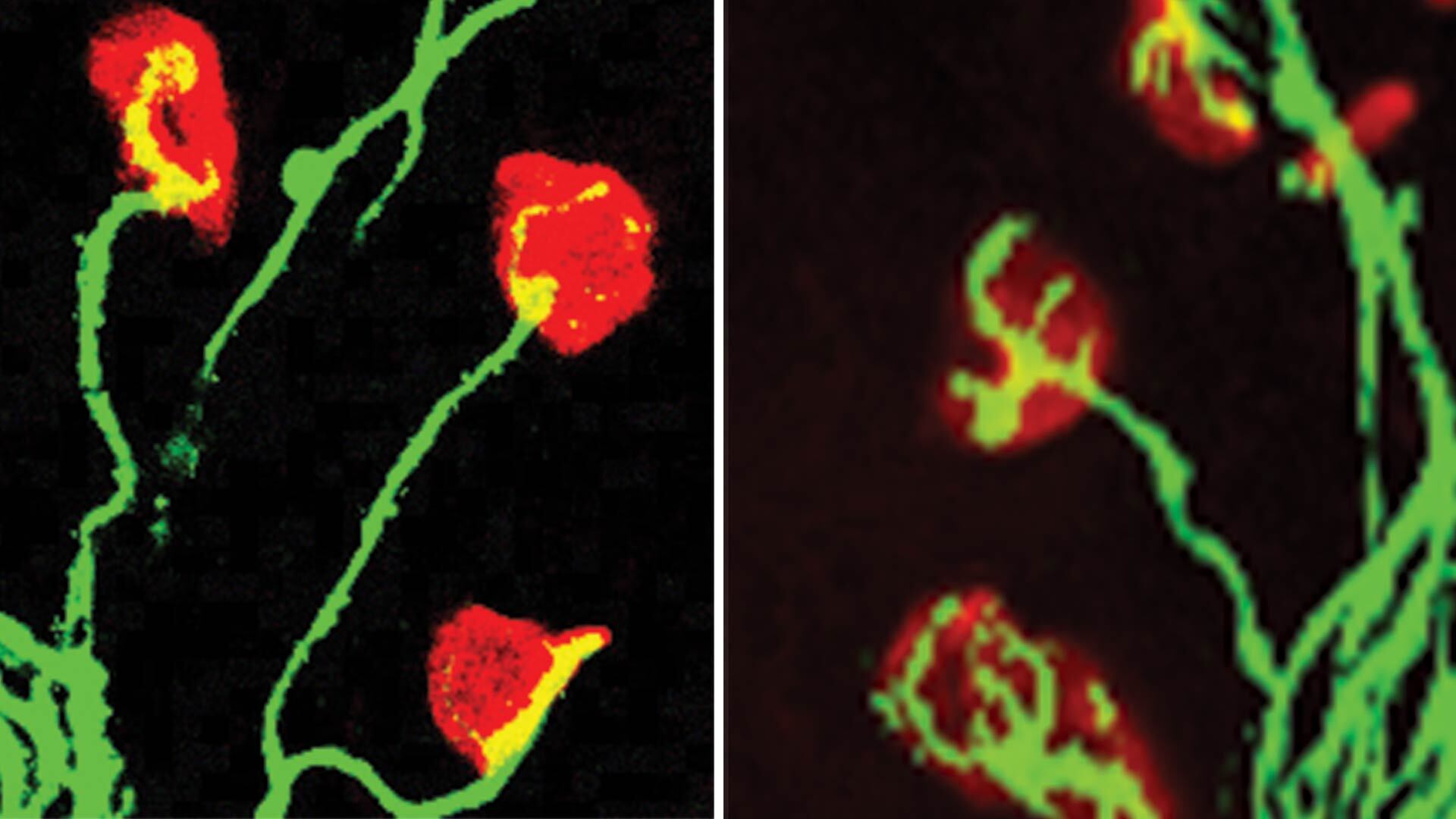
SMA is triggered by a single mutation in a gene called SMN1. This mutation causes vital proteins to assemble incorrectly, resulting in progressive nerve damage, muscle weakness, and sometimes, paralysis. CSHL Professor Adrian Krainer developed an RNA-based therapeutic approach that treats SMA by essentially replacing the mutated gene with an existing backup copy.
What is RNA splicing?
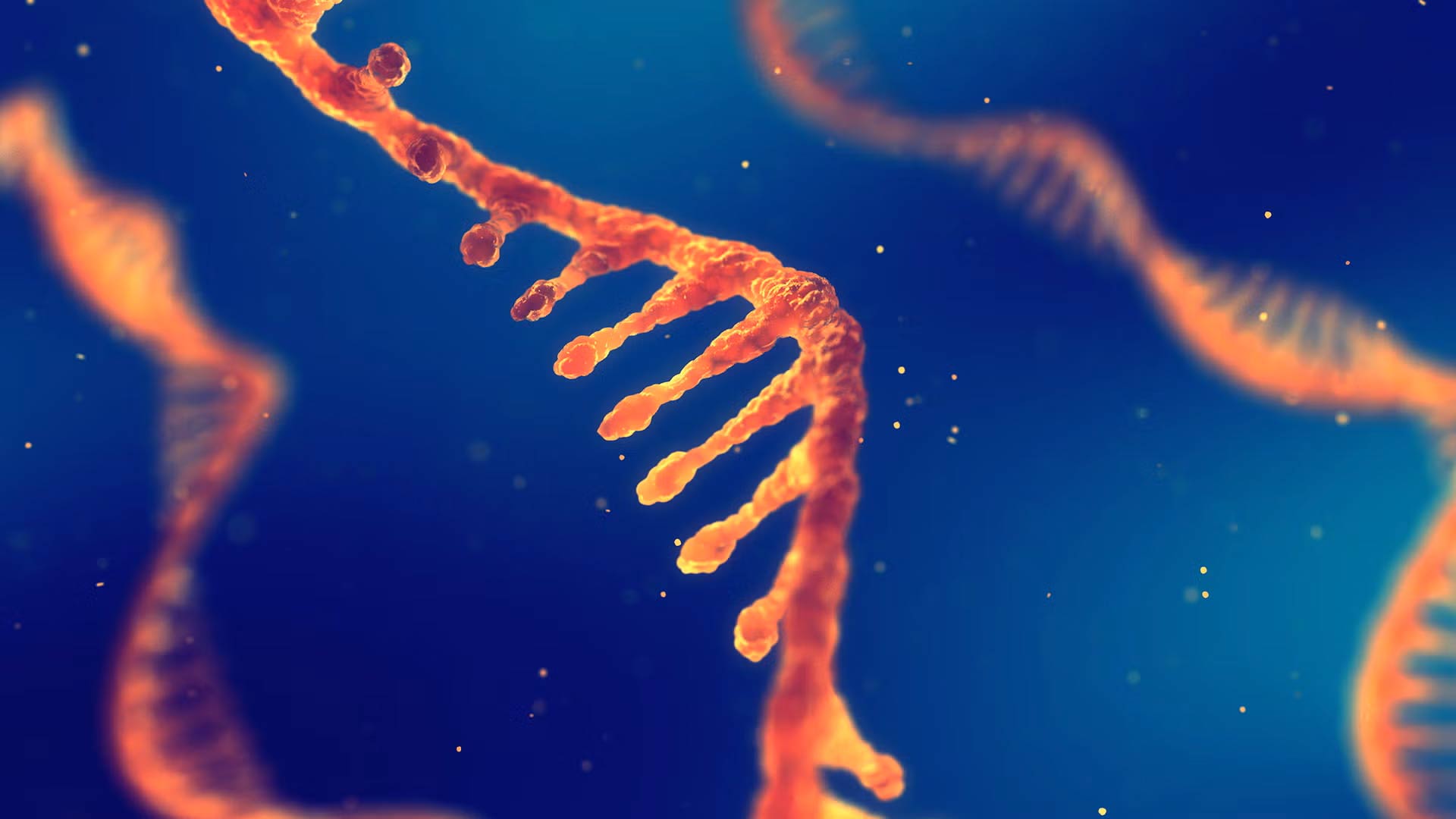 ©nobeastsofierce – stock.adobe.com
©nobeastsofierce – stock.adobe.com
RNA splicing is a biological process where the noncoding parts of an RNA molecule are removed and the coding parts are joined, or spliced, together to form messenger RNA (mRNA). Splicing defects trigger spinal muscular atrophy and have also been linked to several other genetic conditions like familial dysautonomia.
Nusinersen, or Spinraza, is the first FDA-approved drug to treat which of the following conditions?
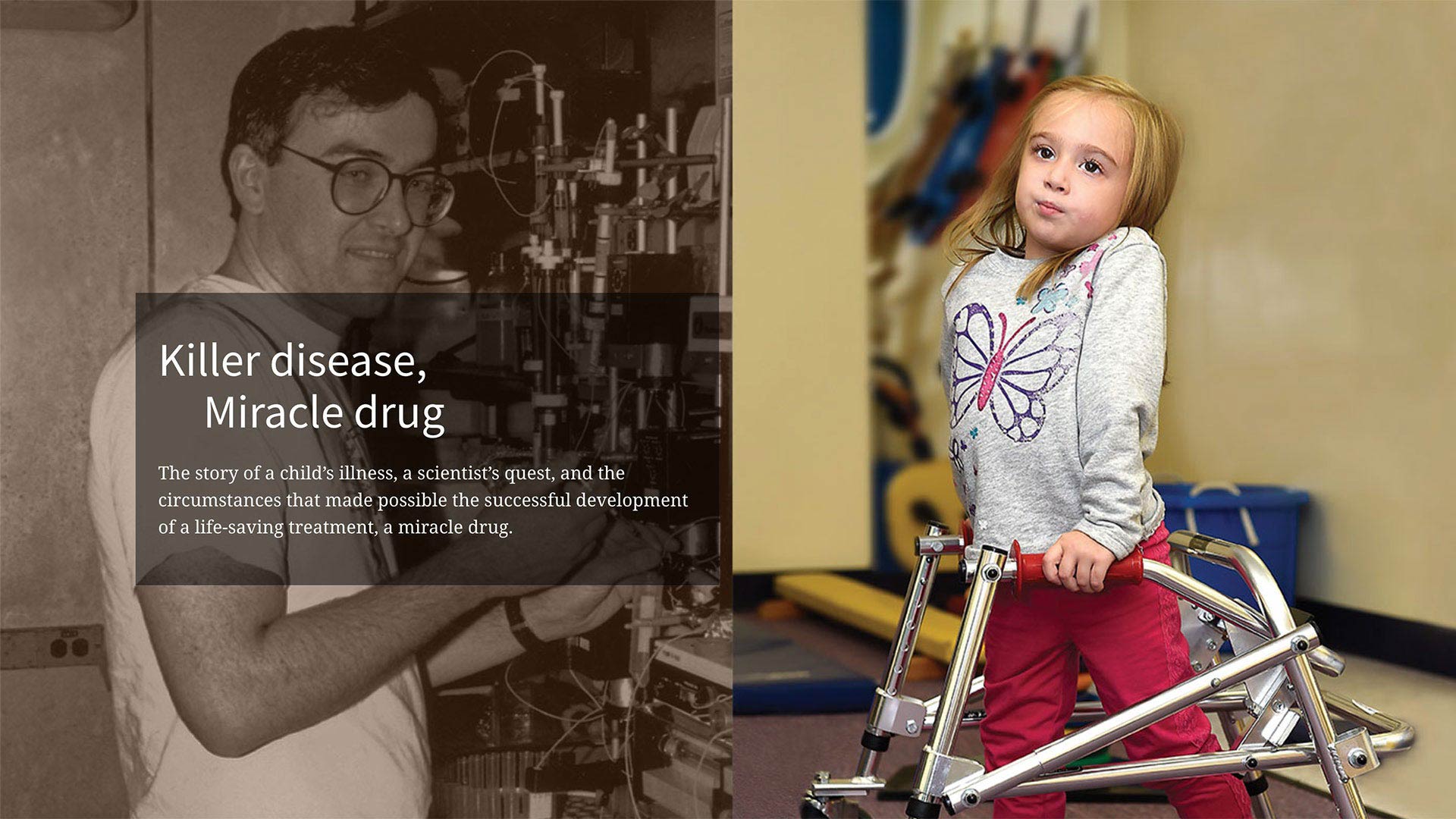
In 2016, nusinersen, or Spinraza, became the first FDA-approved drug to treat Spinal muscular atrophy (SMA). At the time, SMA was largely a death sentence with no effective treatment strategies. Since then, this “miracle drug” has saved thousands of lives and given hope to families worldwide.
RNA splicing errors have been linked to which of these conditions?
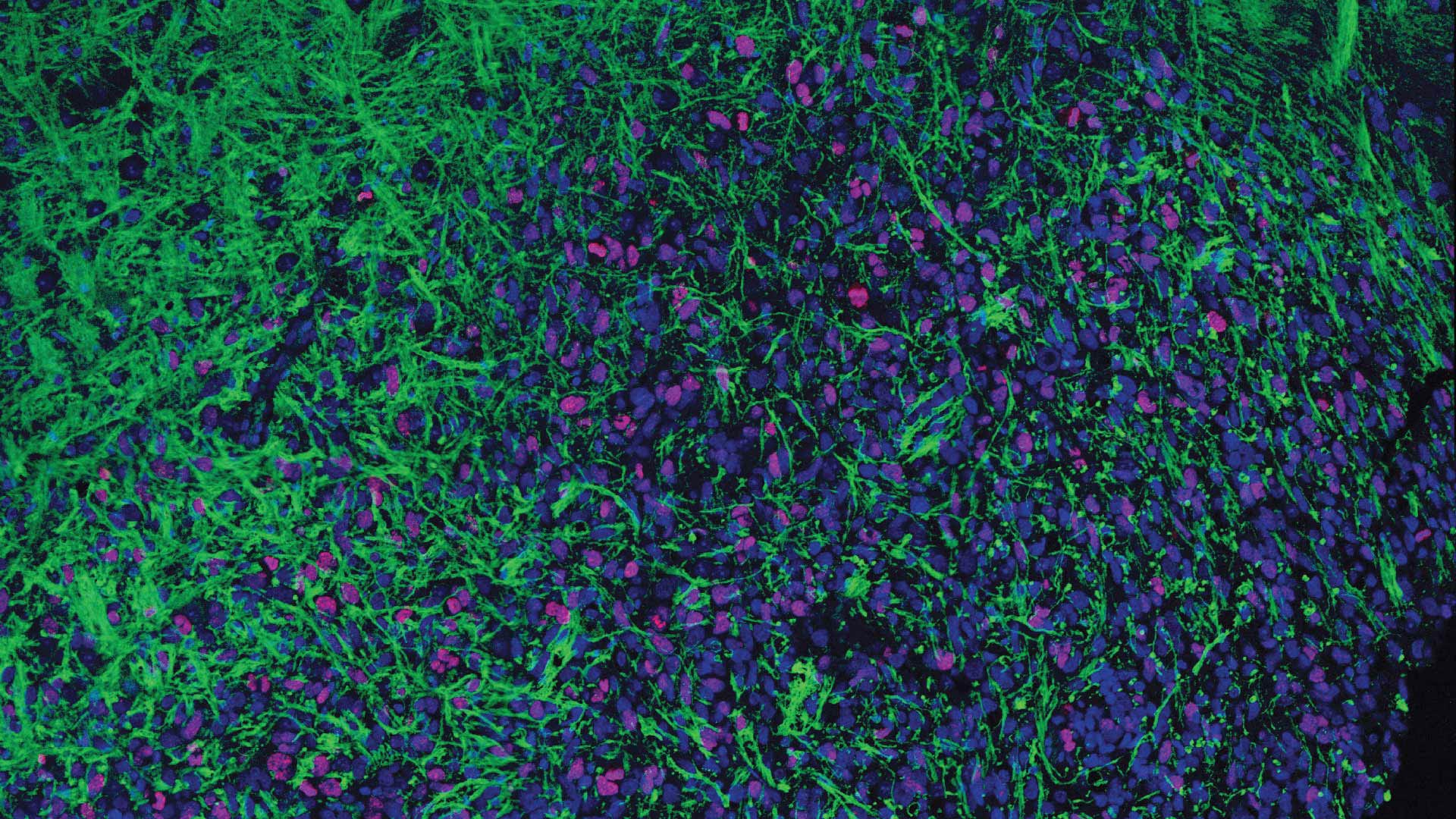
Following the success of RNA-based therapeutics in treating SMA, CSHL Professor Adrian Krainer has turned his lab’s efforts toward developing drugs to treat cystic fibrosis and cancers affecting the blood, brain, and liver.
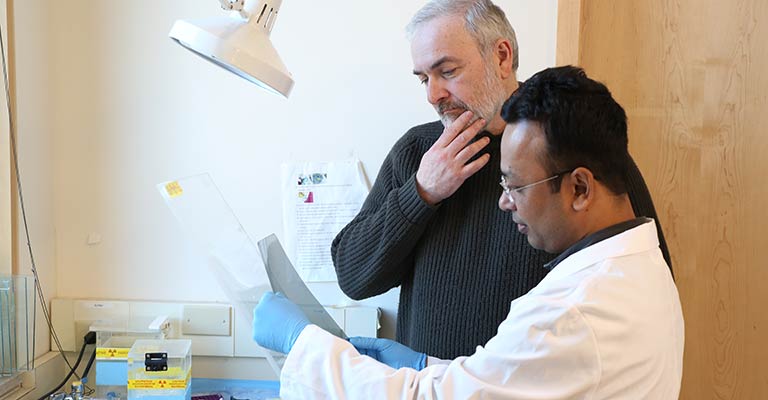
Share your Results:
